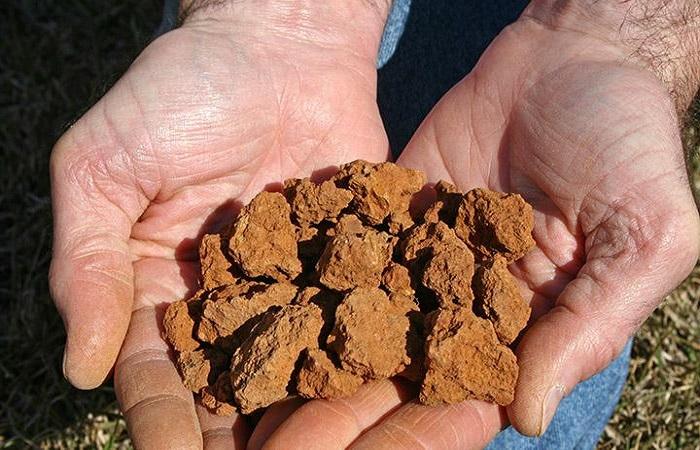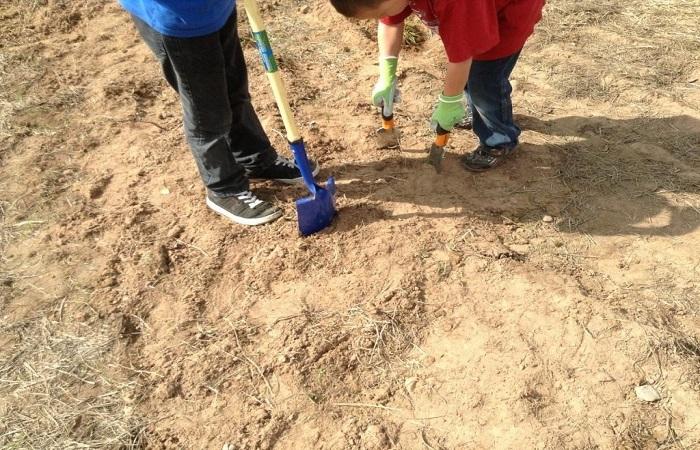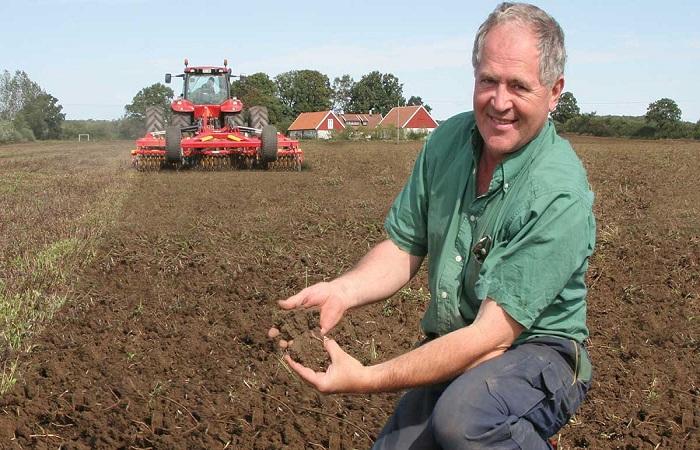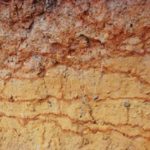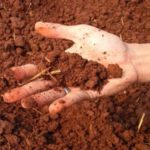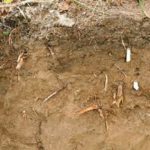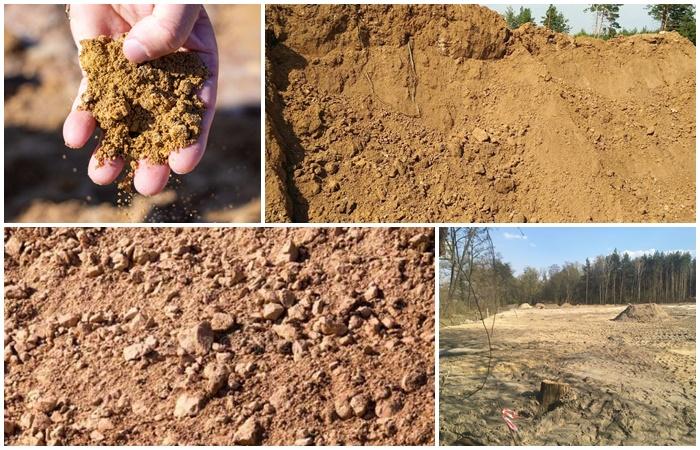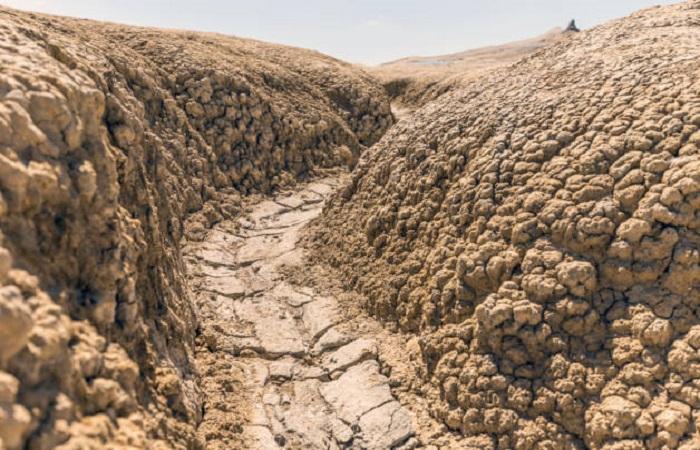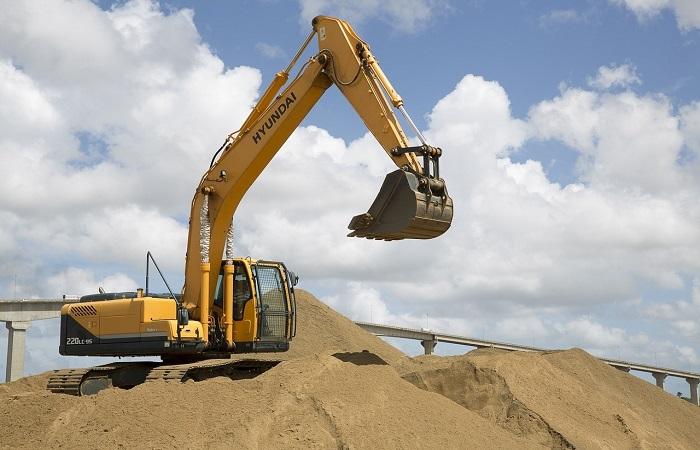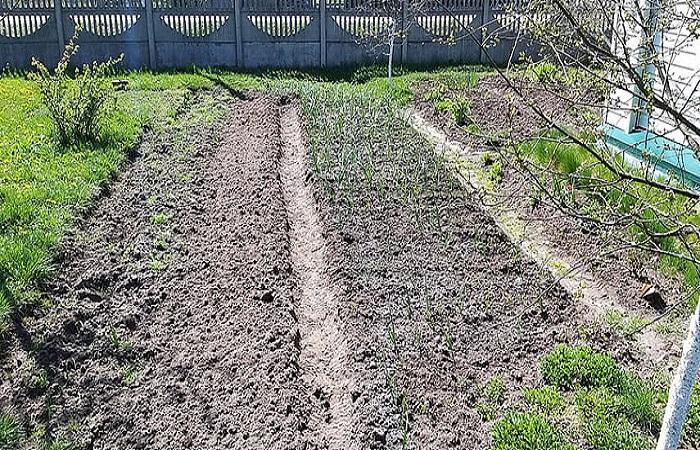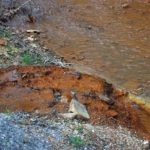Loamy soil refers to loose soil that includes sand and clay. At the same time, the amount of clay in it reaches 30-50%. To determine whether a natural material belongs to clay soil, it is worth paying attention to its structure. Wet loam clumps easily. The properties of this type of soil allow it to be used in gardening, but lead to difficulties when constructing a foundation.
Characteristics and properties
Loam is a soil with a predominant clay content and a high percentage of sand.At the same time, there are different subtypes of soil, which differ in the ratio of these components. Therefore, before any work, loamy soil must be carefully studied. Most often, it has to be pre-ennobled by taking measures to improve its composition and structure.
Clay in loam is presented in the form of small fractions resembling plates. However, the soil looks different externally - it all depends on the additional components. The soil can have different shades - brown, red, gray, yellow.
Loamy soils have different origins, associated with the erosion of mountain slopes, valleys, hills, and natural depressions in the relief. During spring floods and flooding in summer and autumn, water erodes the banks. At the same time, fragments of clay and other small rock fragments are deposited in their lower part.
To determine loam by touch, it is recommended to rub a lump of earth in your hands. In this case, sand will be felt, which will noticeably scratch the skin. If you make a ball out of it and then stretch it like a cake, cracks will appear along the edges. This means that there is a high amount of clay fragments in the soil.
Loam is considered a very fertile soil. Due to this, it is often used in gardening and mass growing of plants. However, this is only possible with a balanced content of clay and sand elements.
The soil contains a lot of humus, silt and other substances that are required to obtain a bountiful harvest. However, first it is worth determining the structure of the soil and the features of the occurrence of horizons.
The advantages of loam include the following:
- Ease of processing. The soil contains many useful substances.Loams contain many living individuals and microorganisms that saturate the soil with useful elements. The soil is highly breathable, which significantly increases the aeration of the root system.
- High moisture conductivity. This helps maintain moisture for a long time and distribute water evenly throughout the bed.
- Good conductivity of light and heat. The soil provides reliable protection for the plant root system from burns.
- High soil density. This helps to retain beneficial elements that are introduced with fertilizing for a long time.
At the same time, loams also have a number of disadvantages:
- Long warm-up period.
- Slow absorption of moisture when moisturized.
- The need for frequent loosening of the soil.
- Excess moisture. It affects the availability of oxygen and respiration of the root system of crops.
- Acid reaction. To reduce parameters, liming is required. This is done every 4 years.
Composition of loamy soil
Loam includes the following components:
- 60% clay;
- 40% quartz sand of different fractions.
The shade of loam is affected by its composition. It can range from yellow to dark brown. Unlike clay, this material has a more granular structure. At the same time, quartz elements are not only visually visible, but also felt to the touch.
Loam is a fine-grained soil. Almost half of the particles have a size of less than 0.01 millimeters. Moreover, a third does not exceed 0.005 millimeters.
How does it differ from sandy loam, sand and clay?
It is important to become familiar with the main differences between loamy soil and clay, sandy loam and sand. It's no secret that the preferences of different cultures differ significantly. However, all of them develop poorly in soil with a high content of these substances in the composition.
At the same time, the main differences between these types of soil include the following:
- Loam is considered more porous than sandy soil and contains more moisture because it actively absorbs and retains it. In addition, the rock is subject to heaving. When water freezes and transforms into a solid state, the loam expands. Therefore, the volume of soil increases slightly.
- Against the background of loam, clay soil turns out to be more plastic. It does not form cracks when rolled. In this case, heaving is more pronounced due to high moisture absorption. Clay soil has a denser and heavier structure. It is capable of carrying loads of up to 6 kilograms per 1 square centimeter.
- Sandy loam is the type of soil with the least clay content. The substance practically does not roll up and quickly crumbles in your hands. Low soil porosity parameters are associated with sand content. The soil absorbs a minimum of moisture and practically does not expand. The bearing capacity of the soil is also low. The exception is soils that have undergone special treatment for compaction.
Classification
Loams are divided into the following varieties:
- Light - the soil contains a third of clay substances. The soil rolls into a cord, but it is very fragile and crumbles easily. It is impossible to fold it into a ring.
- Medium - This semi-solid soil contains 40% clay components. They help you roll up the cord and make a ring out of it. However, it rolls up with difficulty and quickly crumbles.
- Heavy - this type of soil includes more than half of the clay components.It rolls easily into a cord and ring. After which the surface becomes covered with severe cracks, but still retains its shape.
Field
Loam is mined from the same quarry as other related rocks. You can check the location by layers. They are placed depending on the volume of kaolin fragments. Loam is located above the clay layer. When extracting loamy soil, each layer is developed separately, since they differ in the amount of useful components.
This type of soil is considered one of the most common. It is mined in most countries of the world. This is due to the ease of extraction and the wide range of uses of natural material.
Mining and transportation process
Before developing a deposit, exploration of rock occurrence is carried out. It helps determine their properties and the expected amount of soil of a particular type. After completion of the reconnaissance work, the area is cleared of unnecessary soil and plants.
The extraction process does not require the use of complex technical devices. To do this, it is enough to use an excavator. After removal from the natural occurrence zone, the soil is transported for processing.
The following actions are performed at the factory:
- grinding;
- screening;
- mixing with chemicals.
Where is it used?
Loamy soils are used in the following areas:
- road construction;
- housing construction;
- production of building mixtures;
- Agriculture;
- construction of complex engineering structures;
- landscaping;
- chemical industry;
- medicine.
How to determine loam on your site
Visually determining the composition of the soil is very problematic.For this purpose, the following methods are used:
- Rolling into a ring or cord. This is a simple method that will suit every summer resident. To do this, you need to take a little earth in your hand, moisten it from a spray bottle to get the consistency of dough, and try to roll the mass into a cord. After which you need to try to roll it into a ring. If this was possible, the soil is classified as loam. Depending on their variety, the ring may be weak or dense. If there are no cracks along the edges of the ring, this indicates the predominance of clay.
- Test by touch. This method is considered not so informative. To use it, you need to wet your hand with water and rub a little earth between two fingers. The oily texture indicates that it is clay. The predominance of grains of sand is considered evidence of sandy loam.
- Laboratory method. This method is considered the most accurate and informative. To use it, it is recommended to take a graduated cylinder and add some soil to it. Then add water and shake well. If the suspension turns out to be very cloudy, this indicates the presence of clay fragments in the composition. In the case of loamy soil, the sand component settles at the bottom. In the case of sandy loam, the solution is not very cloudy - almost all the soil immediately forms a sediment.
Improvement Methods
To improve this type of soil, it is recommended to do the following:
- Level the area to avoid moisture stagnation.
- Dig up the beds in the fall - before the rains begin. At the same time, you should not break the lumps. Over the winter, their structure will improve. In spring, the soil needs to be dug up again.
- Add weathered dark peat with a small iron content to the soil. You can also use organic fertilizers - up to 2 buckets per 1 square meter.
- It is permissible to use a small amount of sawdust - 1 bucket per 1 square meter.
- It is useful to apply manure. A fermented horse or sheep product is suitable for this.
- Loamy soil must be mixed with sand and humus. The quantity is selected taking into account the crops grown.

